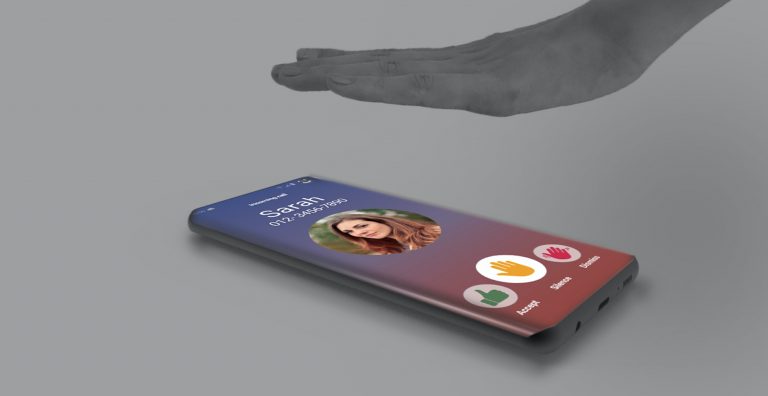
A touchless UI has an edge over devices that require touch interactions because decreasing physical contact is helpful in diverse contexts—from food-processing plants to an airport’s self-service registration kiosks.
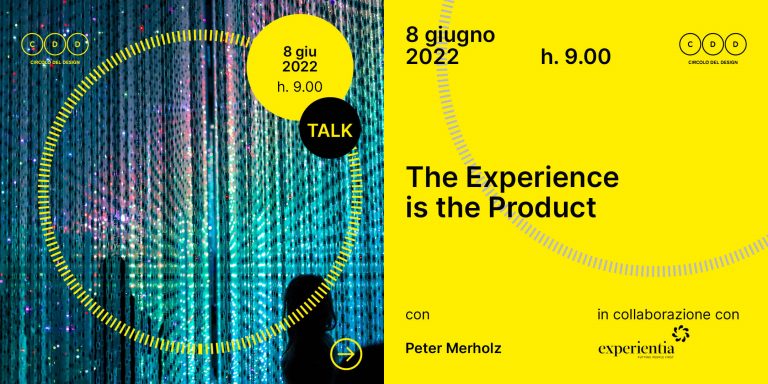
Peter Merholz will be speaking in Torino (Turin, Italy) on Wednesday 8 June. The 9am morning talk will take place in the courtyard of the Circle of Design.
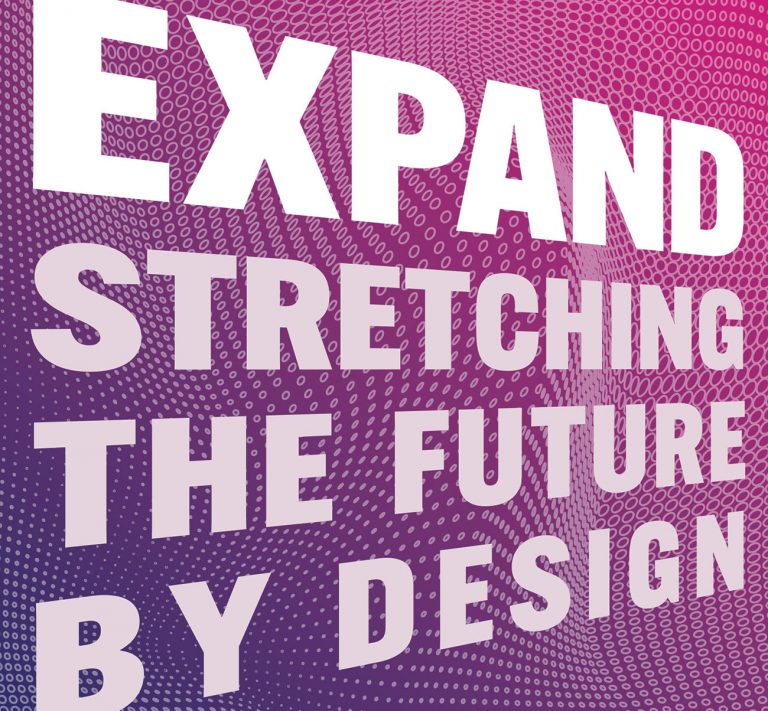
From transforming the ways we do business and reimagining health care, to creating planet-restoring housing and humanizing our digital lives in an age of AI, Expand explores how expansive thinking across six key areas—time, proximity, value, life, dimensions, and sectors—can provide radical, useful solutions to a whole host of current problems around the globe.
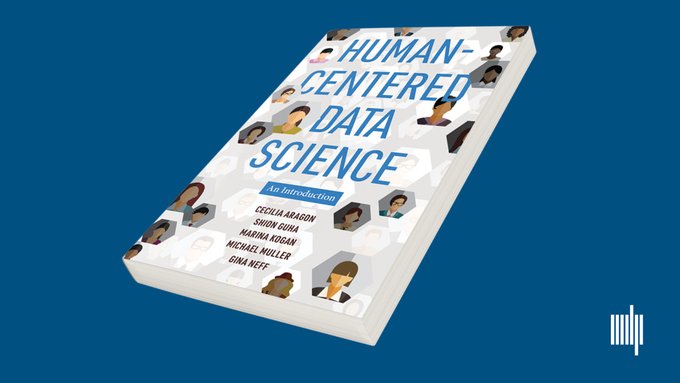
Best practices for addressing the bias and inequality that may result from the automated collection, analysis, and distribution of large datasets.

One of the key success factors of Regulatory Technology ("RegTech") is a commitment to radical user-centricity, according to a new white paper by the World Economic Forum.

The latest IPCC report on the Mitigation of Climate Change has a lot of meat in it for those engaged in human-centered design, behavioral change strategies, and behavioral sciences.
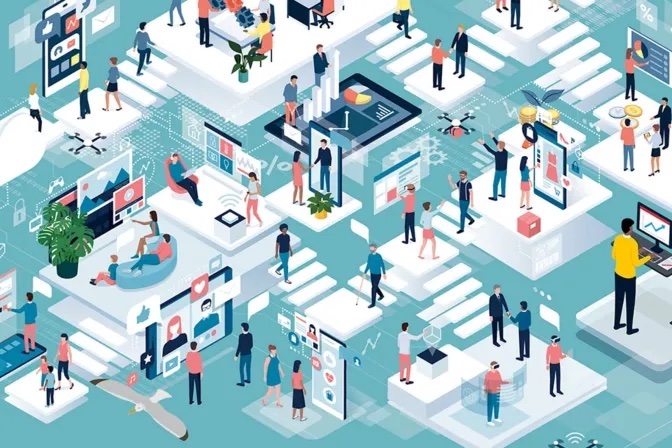
In Human-Centered AI, Professor Ben Shneiderman offers an optimistic realist's guide to how artificial intelligence can be used to augment and enhance humans' lives.

UX Theatre is "the application of any sort of design methodology without including a single user in the process, or including users but merely for show."
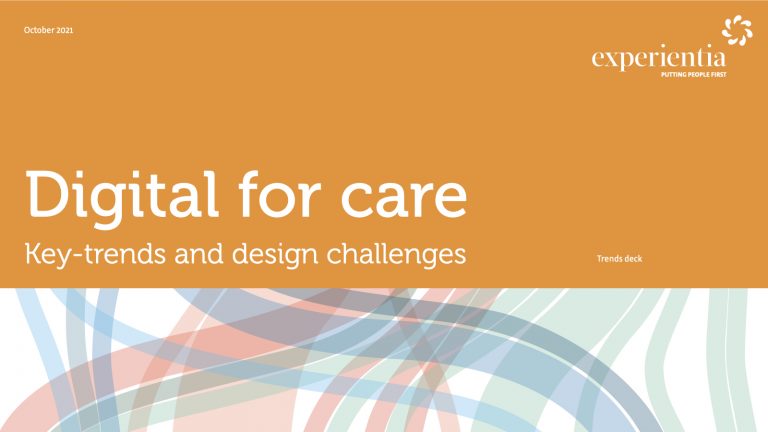
Download free Experientia report on key trends and design challenges in home and remote care when patient and caregivers use online platforms and on-body health devices
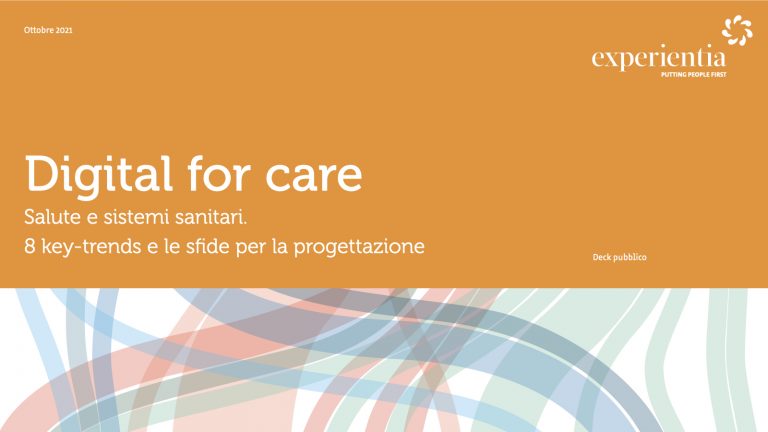
Rapporto gratuito su tendenze chiave e sfide di design nell'assistenza a domicilio e a distanza quando il paziente e i caregiver usano piattaforme online e dispositivi per la salute.

The use of nudge theory to inform policy interventions in response to COVID-19 has re-opened debates over the politically paternalistic nature of governing by ‘nudges’ and has given momentum to calls to include the more participatory elements of co-design into policymaking
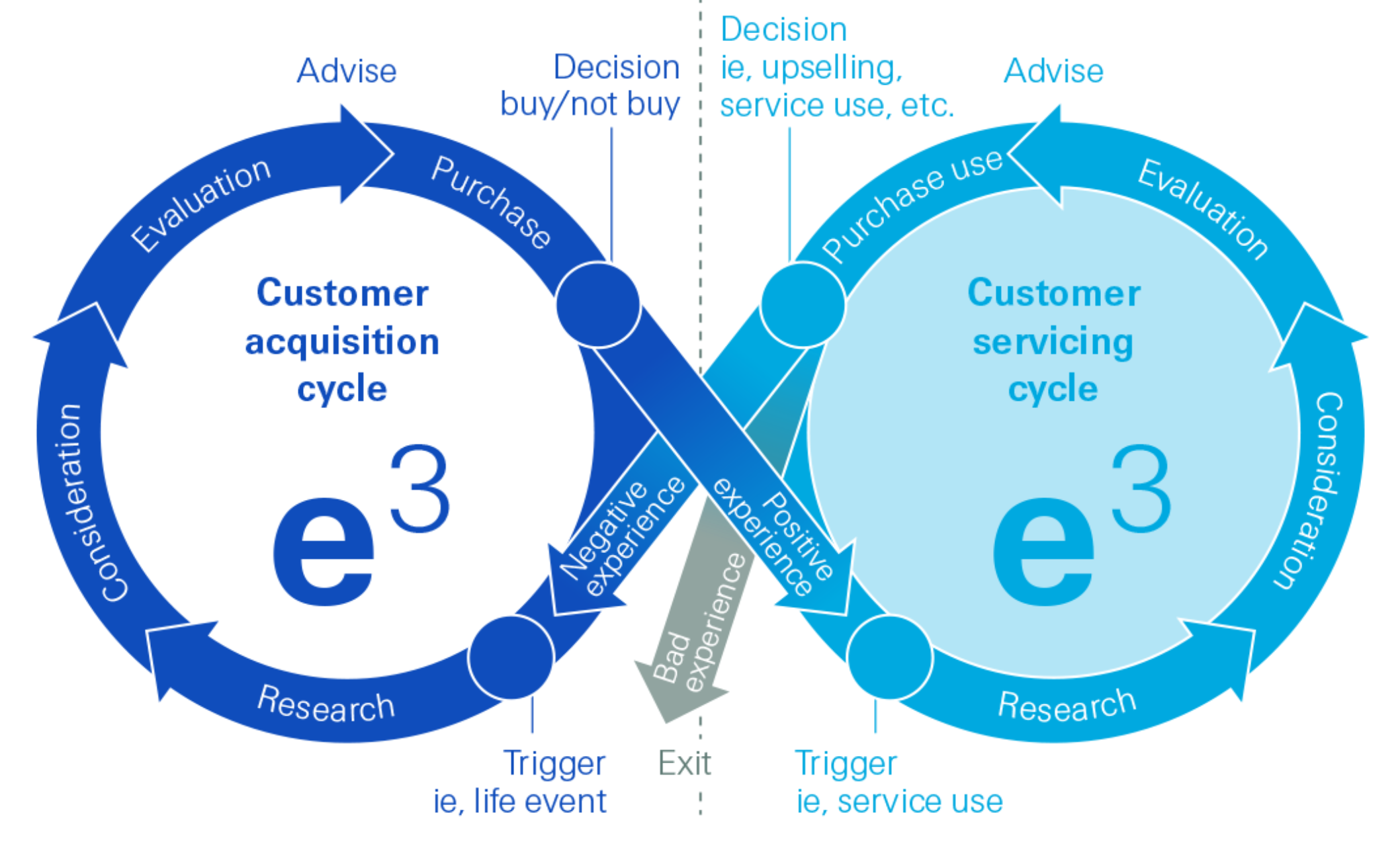
COVID-19 has accelerated the digital transformation of insurance companies. If insurers apply the e3 lens when assessing their touchpoints, they can create tailored, engaging and empowering connections with their customers. By building this process into their value propositions, insurers can become much more customer-centric.

From City of London traders to Indian rickshaw drivers, everyone uses a more intimate style of conversation on video calls.
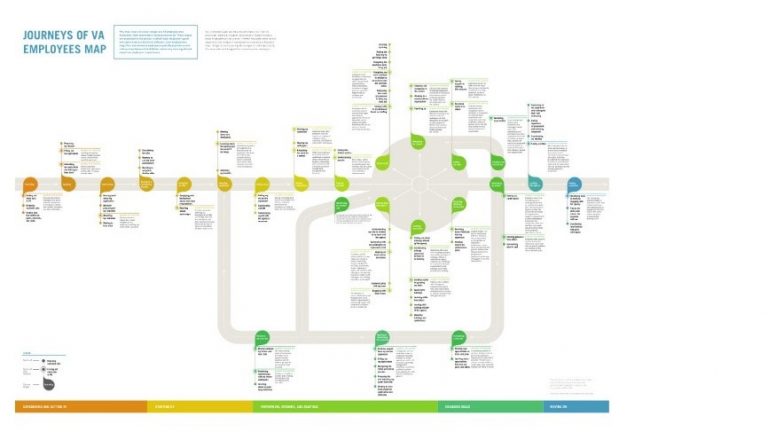
The employee experience (EX) journey map of the US Government’s Department of Veteran Affairs (VA) identifies the moments that matter during a VA employee’s career using the same human-centered design process that VA’s Veterans Experience Office (VEO) has applied in the development…
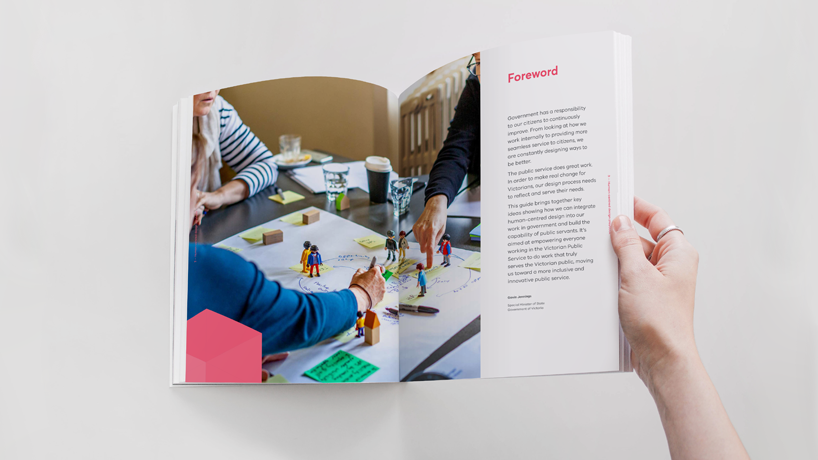
This guide brings together key ideas showing how we can integrate human-centred design into our work in government and build the capability of public servants.

7 day online interactive course with vertical, thematic focus on tools and methods of behavioral design for cultural change to tackle societal challenges

While UX designers are trained to be on the side of the user, there are ways that the user experience can be manipulated to be in favor of the "product" in this case, a candidate. UX designer Mary Formanek broke down how this worked in an interview with Salon.

The book explores the future of artificial intelligence (AI) through interviews with AI experts and explores AI history, product examples and failures, and proposes a UX framework to help make AI successful.

While it's easy to blame the user, phishing schemes have become incredibly sophisticated and believable. So, instead of blaming the user, we want to instead bring an empathetic lens, and understand more about their needs.
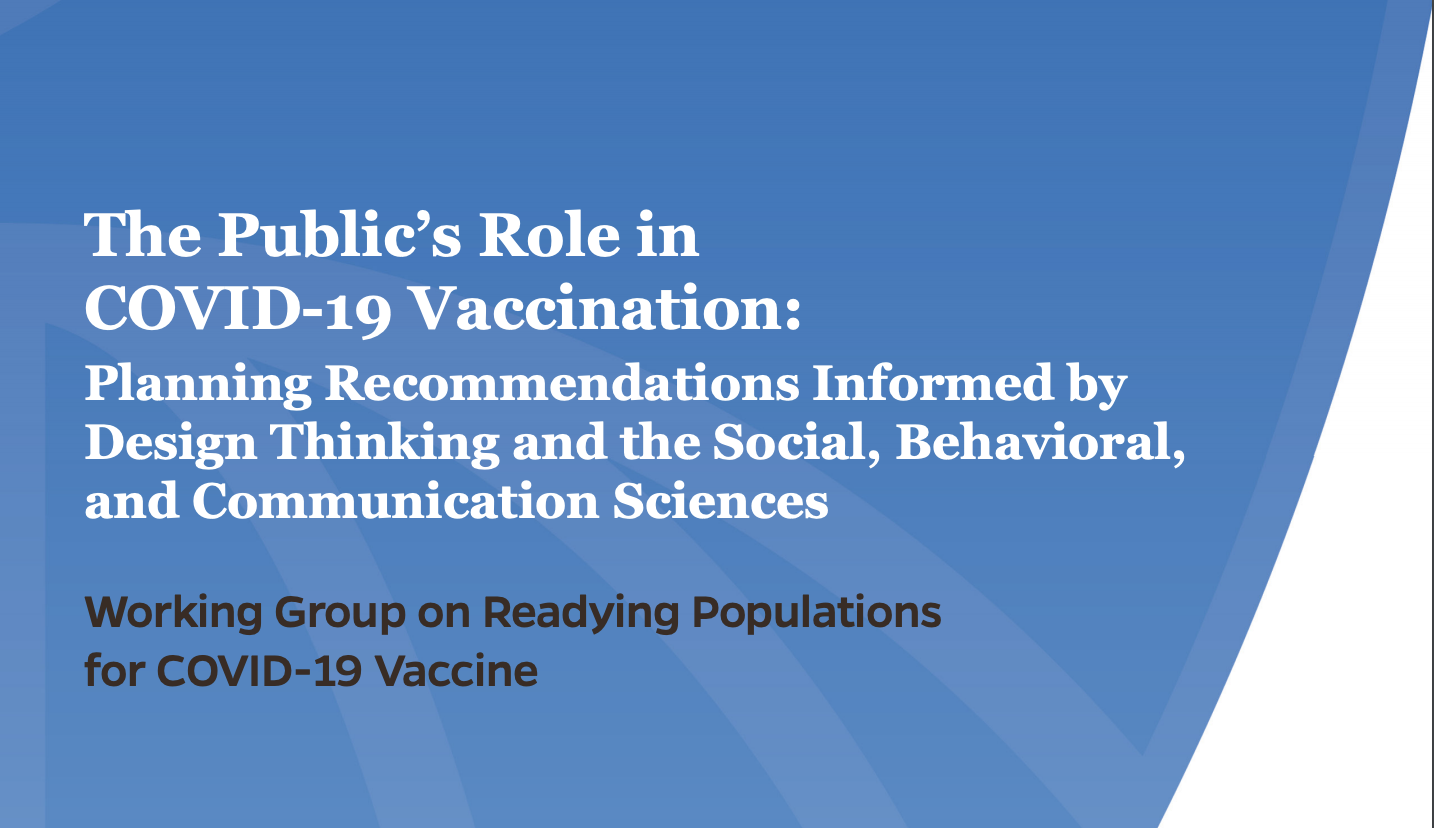
This report considers human factors in relation to future vaccines against the novel coronavirus (SARS-CoV-2), drawing on insights from design thinking and the social, behavioral, and communication sciences. It provides recommendations on how to advance public understanding of, access to, and acceptance of vaccines that protect against COVID-19.




















